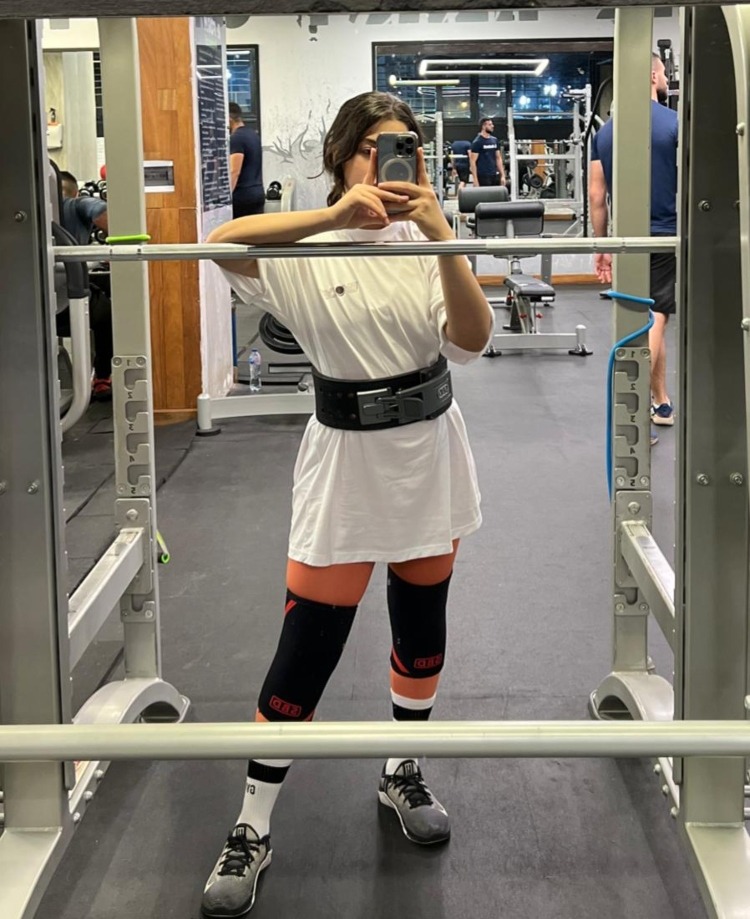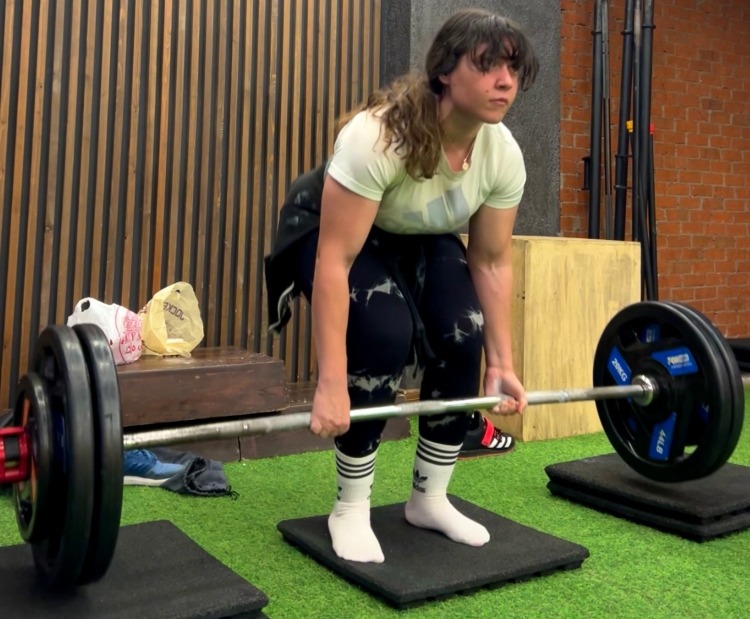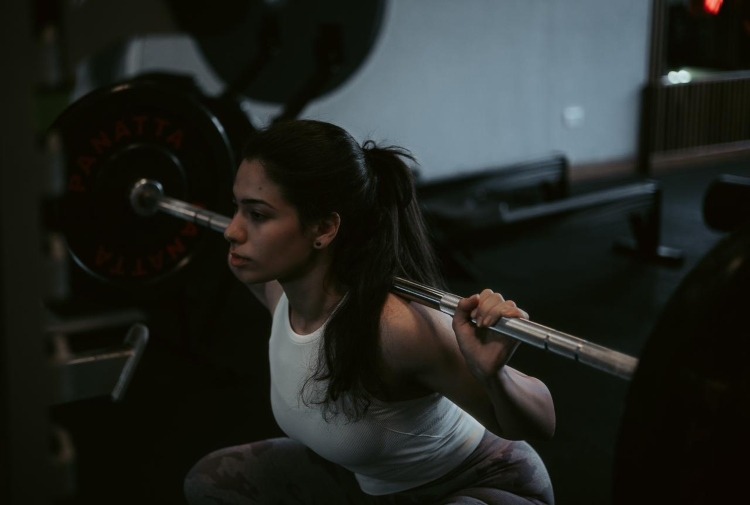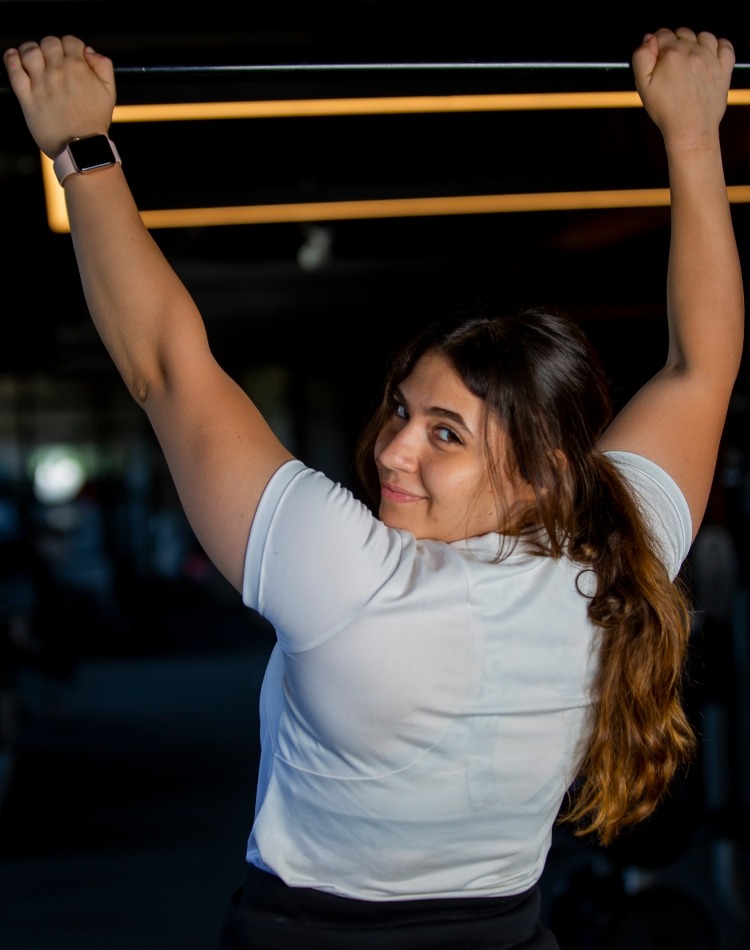Meet Mayar & Rana: Egypt’s Up & Coming Powerlifters Who Gave Us A Special Look Into The Sport
Across the region, Arabians have proven to be true powerhouses when it comes to sports that require tremendous amounts of strength. In the case of weightlifting and powerlifting, powerful women have risen through the ranks and have proven to be dynamic forces within these sports communities. Many prominent powerlifter and weightlifter names spring to mind, including the likes of Dina Saad, the first Egyptian powerlifter to win gold at the 2015 World Powerlifting Championships, and Sara Ahmed, the Egyptian weightlifter to win a bronze medal in the 69kg event of women won at the 2016 Summer Olympics in Rio de Janeiro.
With such prominent female figures in the field, we wanted to better understand the art of powerlifting and how women are beginning to make their mark in the sport, so we sat down with two aspiring powerlifters, Mayar Mostafa and Rana Wafiq, for an exclusive one-on-one.
The very first encounter with powerlifting
The journey for Mayar and Rana began in the busy gyms of Cairo where they began building muscle and maintaining a healthy lifestyle. As they spent more time in the gym and their bodies got stronger, they felt like they could do more. They wanted to lift more weight and that was the spark that drove them to the sport of powerlifting.

Back in early 2022, Rana had started her own TikTok account, where she posted gym-related and educational videos about physiology and anatomy. Through social media, she met powerlifters from all over Egypt and the Arab world: “I became more and more familiar with the sport and understood all the common misconceptions that circulate on the internet when it comes to powerlifting.” She made the decision last May to officially train as a powerlifter with her trainer Adriano. When it comes to Mayar, she got into the sport around the same time, around the end of October, and started powerlifting professionally with the same trainer as Rana.
A typical day’s training as a powerlifter
When it comes to the sport, immense commitment and commitment is required. Rana gave us a better understanding of powerlifting by explaining how she trains for the sport: “There are 3 exercises that need to be practiced in powerlifting; Squats, bench presses and deadlifts, better known as SBD. There are days when I practice all 3 exercises and these days are called SBD days. On those days, I usually make sure I get a good night’s sleep and eat a balanced meal before training, as these training sessions are often long and tiring.”

An SBD day is quite intense as Rana would spend a full 4 hours in the gym doing the 3 exercises and after each SBD she would take a 5 minute break and re-energise by eating fruit and then doing the 3 exercises again . Even outside of the gym, she would walk or do cardio on rest days, as she needs to stay active to maintain her strength.
Overcoming Any Obstacle: From Parents to Society
Throughout their journey, Rana and Mayar experienced unique challenges when it came to practicing the sport. For Mayar it was about balancing medical school and powerlifting, “the hardest part was definitely finding the time to exercise but also making sure I have the energy after attending clinics, lectures and study sessions. I would plateau a lot, but I’m grateful I didn’t stop trying.”

Rana faced a completely different kind of challenge, a constant clash and struggle with her parents. They weren’t the biggest fans of the sport to begin with because they felt that as a medical student, they shouldn’t waste their time on anything other than studying, “that they actually didn’t understand that going to the gym regularly was the relaxation, that I needed between hours of uninterrupted study.”
Parents and school were one thing, but society proved to be a completely different challenge. Unlike popular sports like football and tennis, powerlifting is not as well known and people have many misconceptions about it. Both Mayar and Rana highlighted how many people have this belief that powerlifters are overweight and overeating, which is actually not true. Mayar told us how she once went into a calorie deficit while gaining weight at the same time, so exercising isn’t about overeating and gaining weight. Rana continued that there are powerlifters in every weight class, many of whom are leaner than many bodybuilders.

Misconceptions aside, another challenge is that the sport is known to be quite male-dominated, so getting into the field and proving yourself is no easy feat. Rana recalled, “Being an Arabian powerlifter is a challenge, but it’s a title I’m proud to hold. Despite the strict cultural rules that surround women, many women have recently broken their silence and shown the Arab world that strength is not “masculine”. As one of those women who broke the silence, she was able to pull off impressive milestones in the sport, including squatting for the first time at 140kg as well as deadlifting at 175kg.
Mayar expressed the same sentiment, saying that lifting weights boosted her confidence and was quite empowering: “I know we’re not many because of all the misunderstandings, but I’m so grateful to be one of the few. It’s encouraging to prove that I am as strong and capable as most men.”
What’s next?
At Mayar, she doesn’t look at sport through medals and competitions, but rather through the beauty and strength contained within. For her, she wants to soak up and witness the whole process and savor every little milestone she hits along the way. It’s about getting stronger, but in a safe way, without jeopardizing their work and social life. As for Rana, on the other hand, she has some big plans for the future as she already has her sights set on competing in the IPF World Championships, an annual world championship for powerlifters from around the world. Not wanting to stop there, she also hopes to be in the top 5 strongest women in the world. We wish both ladies the best of luck.